RNLI 200: 1271 lives saved by Bridlington and Flamborough lifeboat crews
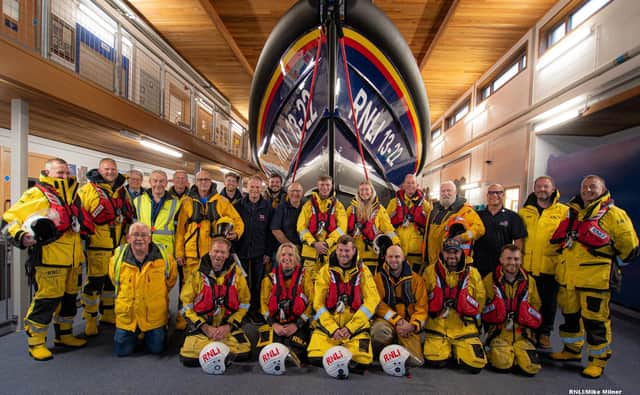

The RNLI has been saving lives at sea since it was founded by Sir William Hillary in 1824 and, since that time, its lifeboat crews and lifeguards have saved over 144,000 lives.
The Bridlington area is served by two lifeboat stations, one in the town itself and one in Flamborough.
Advertisement
Hide AdAdvertisement
Hide AdBetween them they have saved 1271 lives (Bridlington 743, Flamborough 528) and since 1970 (the date from which records are available) the two stations have assisted a further 2,957 people.
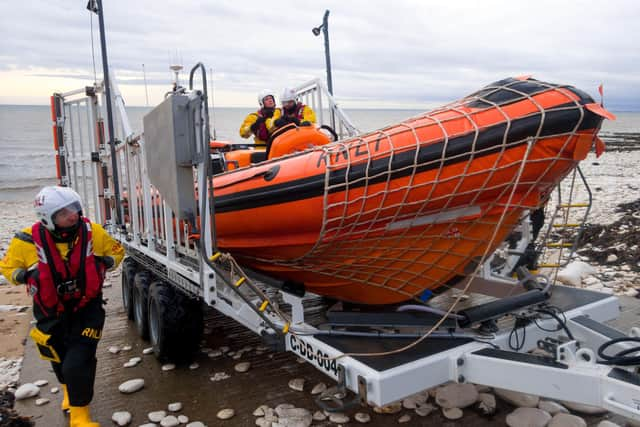

Each year a memorial service is held in Bridlington in memory of the Great Gale on February 10, 1871, when 70 lives were lost and 30 ships were wrecked.
Two lifeboats put out from Bridlington to a large number of wrecks – the Institution’s lifeboat and a smaller one not owned or administered by the Institution (there were at that time many such lifeboats).
It appears that the crew of the small lifeboat were exhausted by their exertions and their place was taken by a volunteer crew.
Advertisement
Hide AdAdvertisement
Hide AdUnfortunately, the boat, the Harbinger, capsized with the loss of six of her crew of nine.
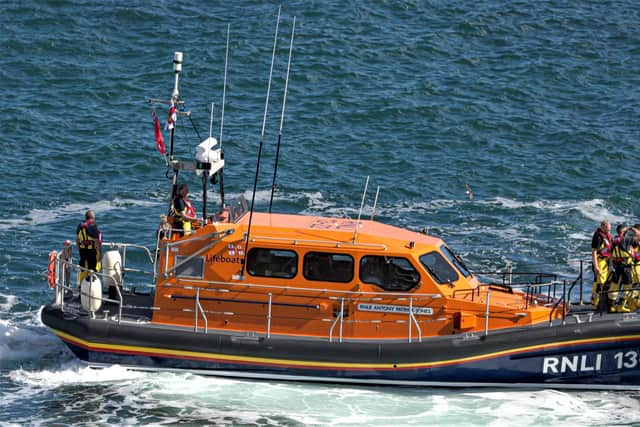

In Flamborough, a monument in the centre of the village commemorates the Great Gale of 1909.
Three crew from the coble Two Brothers, Melchior Chadwick (37), George Gibbon (34) and Tom Leng Major (18) drowned whilst trying to rescue the three crew, John Cross (44) and his two sons Robert (19) and Richard (17) from the coble Gleaner who also drowned at North Landing, Flamborough.
The number one station lifeboat Forrester was launched and although 20 men pulled the oars, instead of the usual 10, it was not possible to get the lifeboat more than 50 yards from the beach, such was the severity of the wind and sea.
Advertisement
Hide AdAdvertisement
Hide AdRobert Cross, brother and uncle of the ill fated crew of the coble Gleaner vowed, as a result of the disaster, that he would devote the remainder of his life to saving life.
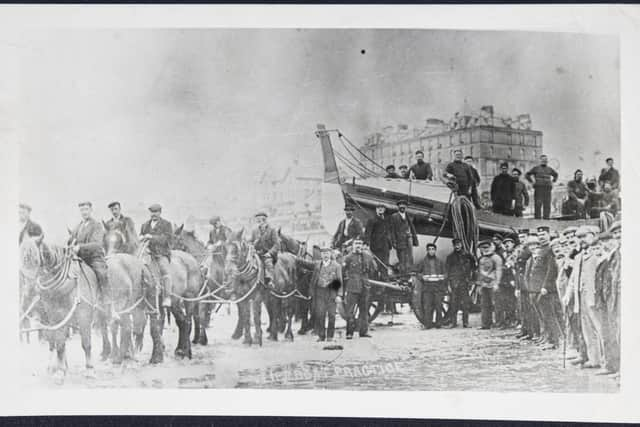

Afterwards he was to become the famous coxswain of the Humber lifeboat and one of the most outstanding lifeboat coxswains of the Second World War.
The RNLI rewards rescues of special merit with Medals for Gallantry in Bronze, Silver or Gold.
The crew of Bridlington have won 16 medals, 11 Silver and five Bronze, the most recent being the Bronze Medal Second Service Clasp which was awarded to Coxswain Fred Walkington and a Bronze Medal awarded to Assistant Mechanic Andrew Brompton for the rescue of the crew of five and the saving of the yacht Lobo in atrocious weather conditions on July 11 2000.
Advertisement
Hide AdAdvertisement
Hide AdFlamborough crew have been awarded seven medals, five Silver and two Bronze, the last being voted in 1971 when the Bronze Medal was awarded to Coxswain George Pockley for the rescue of two men stranded under the cliff at Stapple Nook on September 22.
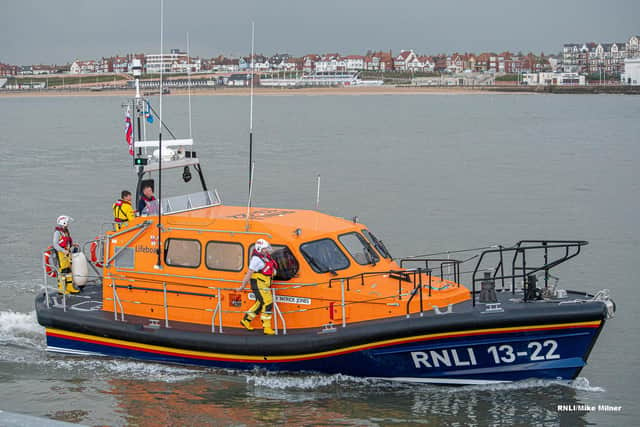

RNLI Chief Executive, Mark Dowie, said: “It has been an honour and a privilege to be at the helm of the RNLI for approaching five years, and to see the charity reach its bicentenary.
“For a charity to have survived 200 years based on the time and commitment of volunteers, and the sheer generosity of the public donating to fund it, is truly remarkable.
“It is through the courage and dedication of its incredible people that the RNLI has survived the test of time.
Advertisement
Hide AdAdvertisement
Hide AdIn September 2017, after 104 years in the Old Lifeboat House opposite the Spa, Bridlington RNLI took up residency in the all-new Lifeboat Station adjacent to the Spa.
The two-storey station offers the extra space required to house Bridlington’s new Shannon class lifeboat and launch vehicle, the D Class inshore lifeboat (ILB) and space for RNLI lifeguards to store their equipment.
The station's latest all-weather lifeboat (ALB), Antony Patrick Jones, arrived in November 2017.
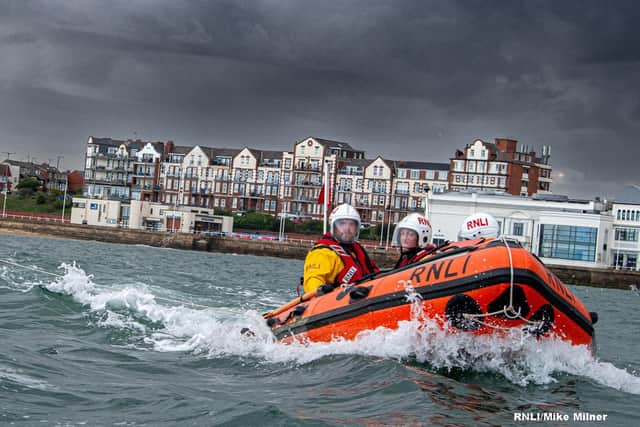

The Shannon class lifeboat uses waterjets instead of propellers, making it the most agile and manoeuvrable all-weather lifeboat in the fleet.
Advertisement
Hide AdAdvertisement
Hide AdIn January 2021, The new Station D class lifeboat D852 Ernie Wellings was placed on service.
Bridlington crew member Sarah Berry from the ALB and ILB crew spoke about life as a member of the team.
She said: “I joined expecting to shake a bucket and possibly make some cups of tea as I hadn't been to sea or had any boating experience, and didn’t expect to get as involved as I have, but with the right support anything is achievable.
“My first shout was on the ILB tasked to a windsurfer, and I've never been so quiet or focused ever!
Advertisement
Hide AdAdvertisement
Hide Ad“Then once we returned I was as high as a kite with what we had done!”
Ms Berry said her most memorable shout came when the crew were tasked to carry out a medical evacuation 25 miles north-east of Flamborough Head.
She said: “After 70 minutes at sea the ALB rendezvoused with the vessel, and myself and two other crew ended up boarding the vessel as the casualty collapsed whilst trying to use the boarding ladder.
“We quickly had to board his vessel and provide casualty care whilst we awaited the helicopter to evacuate him as his health had deteriorated to a point where there was no safe way to get him on board the lifeboat.
“The winching operation by the helicopter was not simple.
Advertisement
Hide AdAdvertisement
Hide Ad“Because of the vessels movement during winching the helicopter pilot was unable to see the vessel directly below him, and asked for the lifeboat to proceed alongside the casualty vessel to give him a guide
“It really showed that all the training we do, with our crew and others, paid off.”
Ms Berry spoke about her pride working for the organisation.
She said: “We are very privileged to be able to do these roles.
Advertisement
Hide AdAdvertisement
Hide Ad“We are all from different walks of life, with different characters and strengths, but at the end of the day we all come together with the same goal, to go assist those who need us.
“Not everyone can do this, or wants to, but when you find people who do, you have a history of people passing on their experience down to the next generation to continue to assist people.”